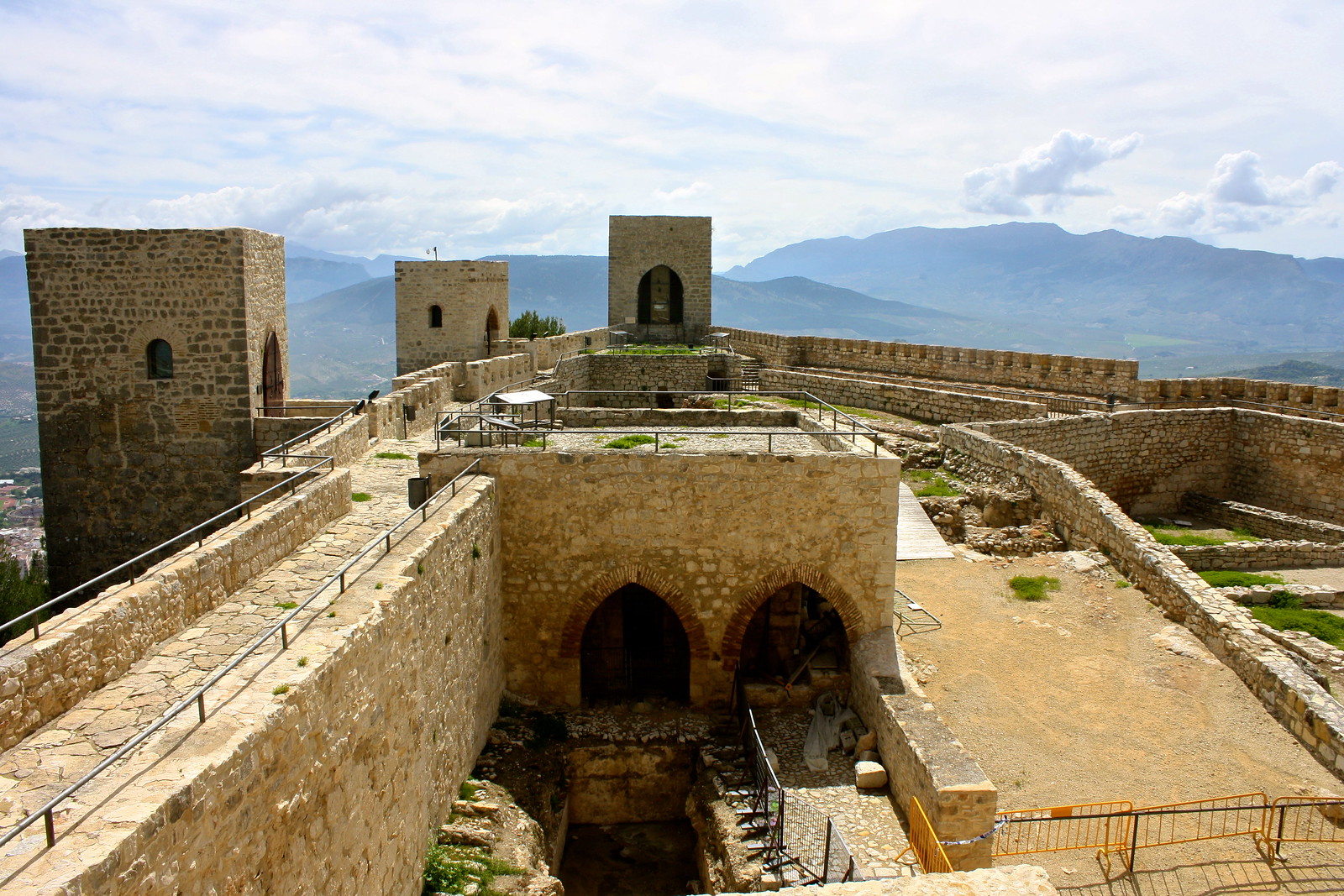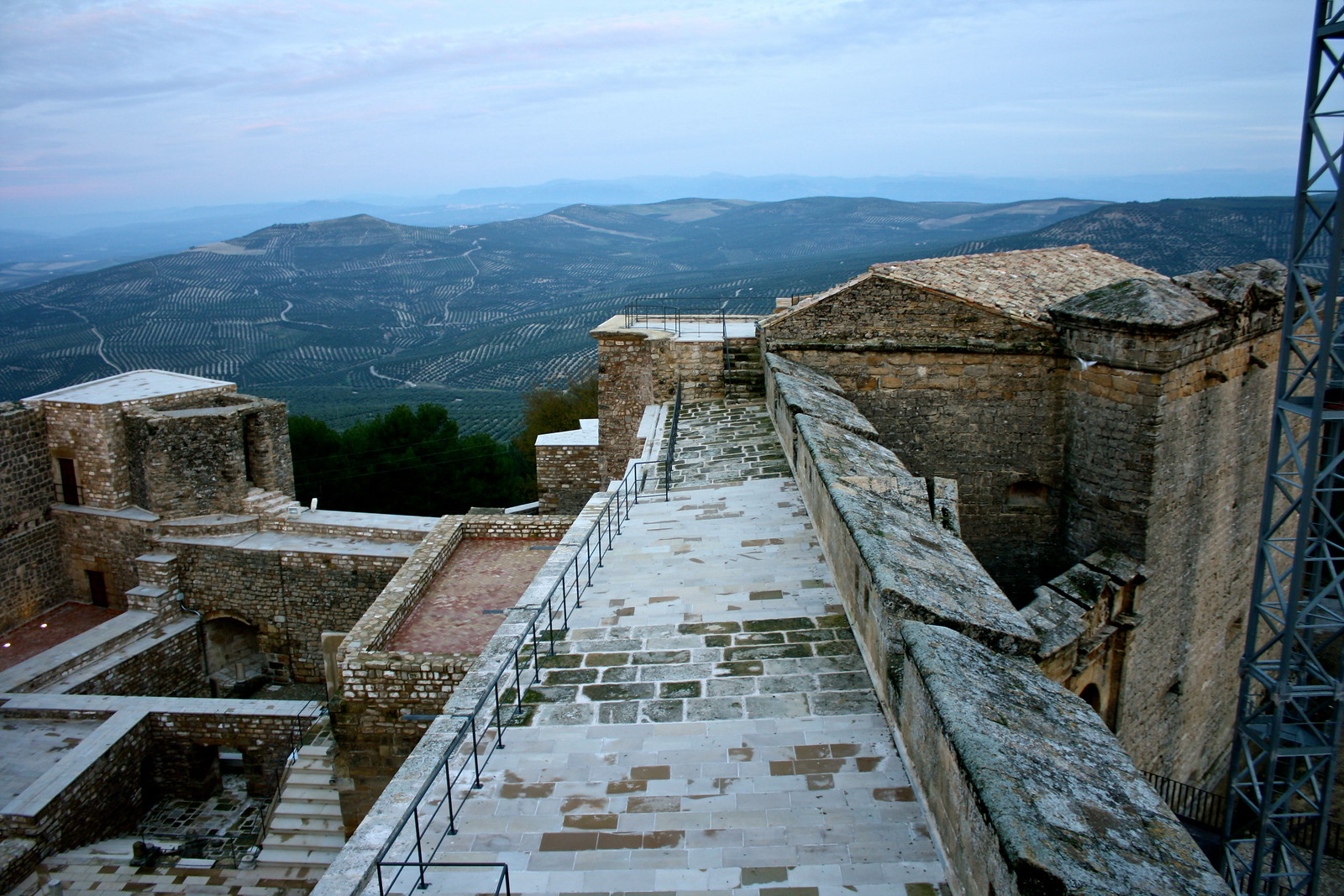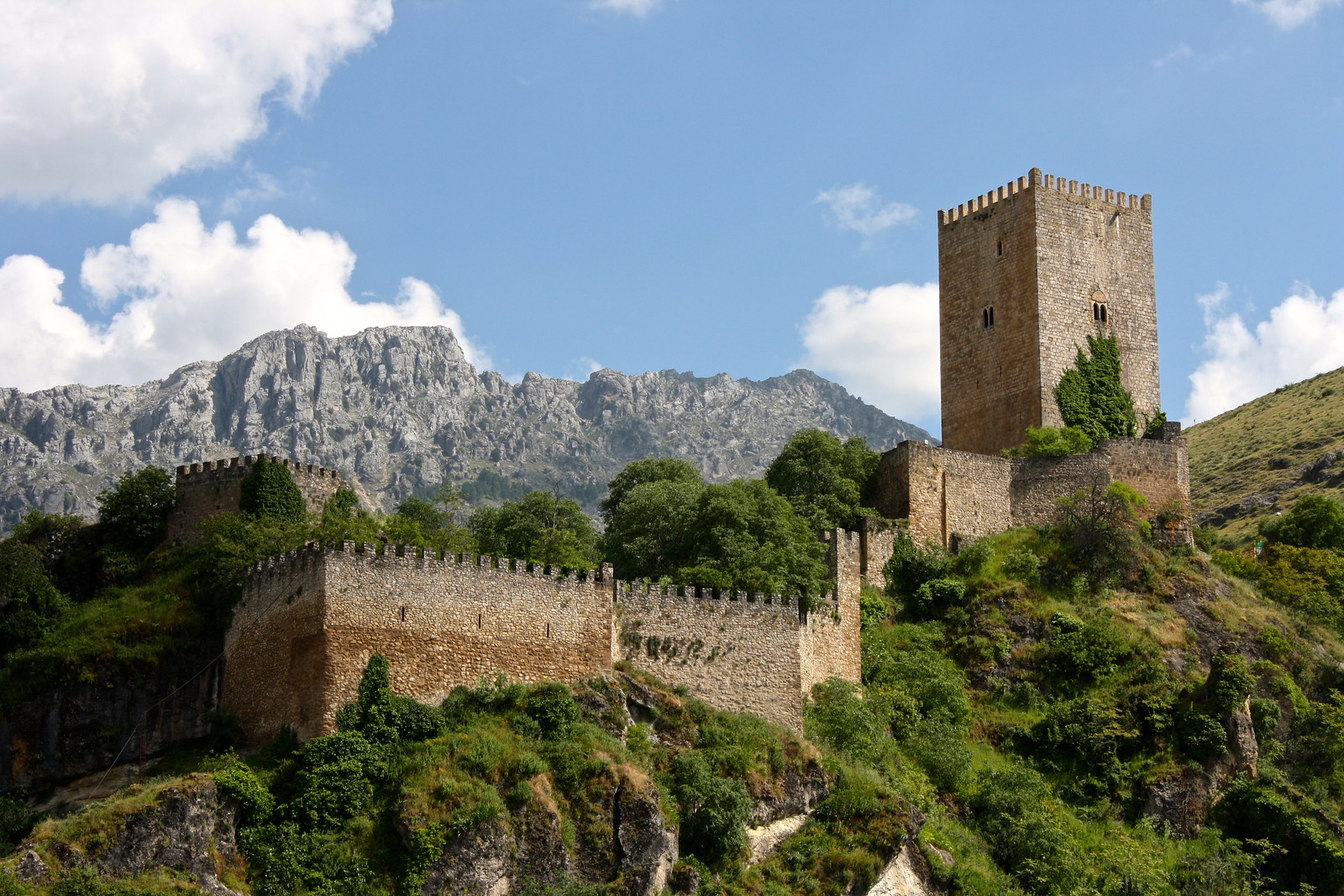There’s a lot to love about
Jaén, the Spanish province where I lived and worked for the
2012-2013 school year. From olive oil to Renaissance architecture, to free tapas and natural parks, Jaén is one of my favorite corners of southern Spain. I talked about all these things in a
guest post I wrote on
Young Adventuress a year ago, but I completely forgot to mention one of the biggest draws to Jaén,
its castles!
Fun fact:
the province of Jaén has the greatest concentration of fortresses and castles of any region in Europe! Due to its strategic location as the frontier between Christian Castilla and Muslim Granada in the Middle Ages, almost 90 castles in this province alone have survived to the present day.
When I lived in
Úbeda, I only had the chance to visit half a dozen of the myriad of castles this province holds. Most are within walking distance of major city or village centers, but a few are in isolated mountain towns that are difficult to get to without cars. Still, public buses can take you from major hubs like
Jaén, Úbeda, or
Linares to most of the
pueblos that are proud of their castles to this day.
Here are nine of Jaén’s most interesting castles…some of which I had the chance to visit, and others I’m kicking myself for never getting out of my apartment to see when I had the chance!
1) City of Jaén
The
Castle of Santa Catalina is what remains of a fortress complex that dates back to pre-Roman times, given the strategic location of the
Cerro de Santa Catalina. After Jaén was conquered by King Fernando III in the 1200s, the existing Arab castle—the
alcázar viejo—was taken over and a new structure was built as well—the
alcázar nuevo. The old Muslim fort fell into disrepair over the years and was damaged during the 19th-century Napoleonic occupation, ultimately (and tragically) getting bulldozed in the ’60s to make way for the new Parador, or fancy state-run hotel. From the grand viewpoint of the
giant marble cross beyond the prow of the castle, you can take in the
entire spread of the capital and also make out tiny villages in the distance.
How to get there
As the provincial capital, Jaén is well-connected to the region and the country via
trains and
buses. To get to the castle, drive up in a car, take a taxi, or follow the signs and hike up on foot.
2) Sabiote
During Golden Age Spain (i.e., the Renaissance), a man named Francisco de los Cobos was secretary of state to King Carlos I—and also happened to be from the area. At the same time he was polishing nearby Úbeda into a Renaissance gem, Cobos razed
Sabiote’s medieval fortress and commissioned Andrés de Valdelvira to create a palatial military complex, the
Castle of Sabiote. Ominous walls guard numerous halls, courtyards, and dungeons within, but the French occupation in the 1800s seriously damaged much of the castle. Over the past decade, the city has heavily restored the castle, which is now open to the public and is the star of the town’s new annual medieval festival.
How to get there
From Úbeda, take the
Navarrete bus. The castle is on the northeastern edge of town.
3) Cazorla
A Castilian fortification built over Berber-era foundations, the
Castle of La Yedra (“ivy”) sits on a lush, commanding promontory around which the Cerezuelo River flows on its way through town. The views into
Cazorla from the castle are lovely, and inside the keep tower, you can learn about traditional ways of life at the Museum of Arts and Customs of the Upper Guadalquivir.
How to get there
From Úbeda, take the
Alsa bus. The castle is due south of the bus station, across from the Plaza Santa María, but to actually get up there, continue south of the city until you reach a switchback that turns north uphill.
4) Segura de la Sierra
The
Castle of Segura de la Sierra stands at one kilometer above sea level, with the rest of the village sprawling down the hill. Deep within the Segura mountain range,
Segura de la Sierra was one of the first Andalusian settlements to be lost by the Muslims during the Castilian invasions in the 1200s. The original construction was destroyed during the conquest and rebuilt as the castle we see today. From the battlements and towers, you can spot
El Yelmo, the highest mountain in the region.
How to get there
Segura isn’t served by public transportation, although Alsa runs buses between next-door Orcera and Úbeda. You could take a 4km hike from Orcera, through the mountains and olive groves, to Segura (one hour), but perhaps catching a taxi would be a better option. The castle’s at the top of the hill.
5) Alcalá la Real
In Arabic,
al-qala’a simply means “castle,” and this town’s name refers to the
Fortress of La Mota, “the butte” that rises over the village. For a hundred years, Alcalá la Real (far to the southwest of Jaén capital) served as a major border town between Castilla and the Nasrid Emirate of Granada, but as the Reconquista marched south, it fell to the Castilians and the mountaintop fort fell into disuse. Interestingly, the French repaired it during their occupation, adding new defensive walls. Today, after much restoration by the Junta de Andalucía, you can explore a military citadel (
alcazaba), a church, and various towers.
How to get there
From Jaén (or
Granada), take the
Contreras bus. The castle is on a hill on the west side of town.
6) Baños de la Encina
One of the oldest and most well-preserved castles in all of Europe, the
Castle of Burgalimar in Baños de la Encina guards the northern marches of Jaén province. It was built in 968 by orders of Caliph al-Hakam, and its fifteen toothy towers rise up from a concrete-like construction that forms its mighty walls. “Burgalimar” comes from the Arabic
Bury al-Hamma, which means “castle of the baths” (think
hammams), which closely resembles the town’s name in Spanish—“Baths of the Oak.” Of all the castles I’ve yet to visit in Jaén, this one rises to the top of the list, simply because it’s so dang old!
How to get there
From Jaén or Linares, take the
Samar bus. The fortress sits at the southern tip of Baños.
7) Canena
Whenever I would leave Úbeda for the Linares-Baeza train station, the bus would always stop at Canena along the way, a tiny village that randomly holds an impressive Renaissance-era palace. Following a similar path as Sabiote’s castle, the
Castle of Canena was designed by Andrés de Vandelvira for Francisco de los Cobos in the 1500s—a simple, rectangular structure with round towers at the corners and a stately arcaded courtyard inside. It’s still in private hands today and only open on Monday afternoons.
How to get there
Several Alsa-run buses link Úbeda with Canena, the train station, and Linares.
8) Alcaudete
Like Alcalá la Real, Alcaudete is in the far southwest of the province, and it was temporarily another border town between Castilla and Granada known as
al-Qabdaq, “natural springs” in Arabic. When the Reconquista came through in the 1300s, the Moorish fortress that dated to the times of the Emirate of Córdoba was destroyed and then rebuilt by knights of the Order of Calatrava, the one you can visit today near the nucleus of the old town.
How to get there
From Jaén, take the
Ureña bus. Alcaudete’s castle is on a hill on the western edge of the city.
9) La Iruela
La Iruela is a hop, skip, and a jump from Cazorla in province’s eastern mountains. This tiny, yet independent, hamlet of 1,900 is home to a small castle that perches dramatically on a
peña or rocky crag. The Knights Templar built what you can see today on top of a Moorish core, and from the top of the keep tower, you can really appreciate the beauty of the rolling, olive-grove-studded hills.
How to get there
From Cazorla, it’s a short 2km walk (30 minutes) around the foothills of the mountains to the northeast.
Do you enjoy exploring castles when traveling? Have you ever been to the province of Jaén before? Which castle sounds the most interesting to you? Tell me about it in the discussion below!











